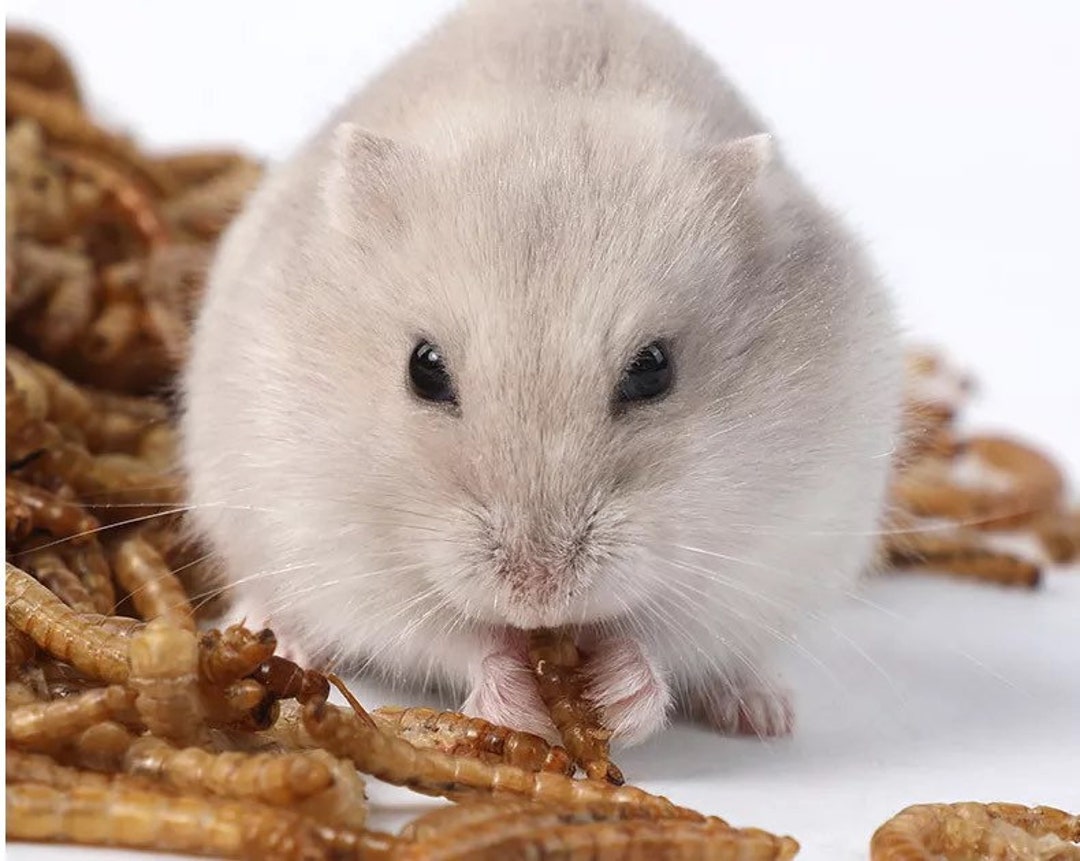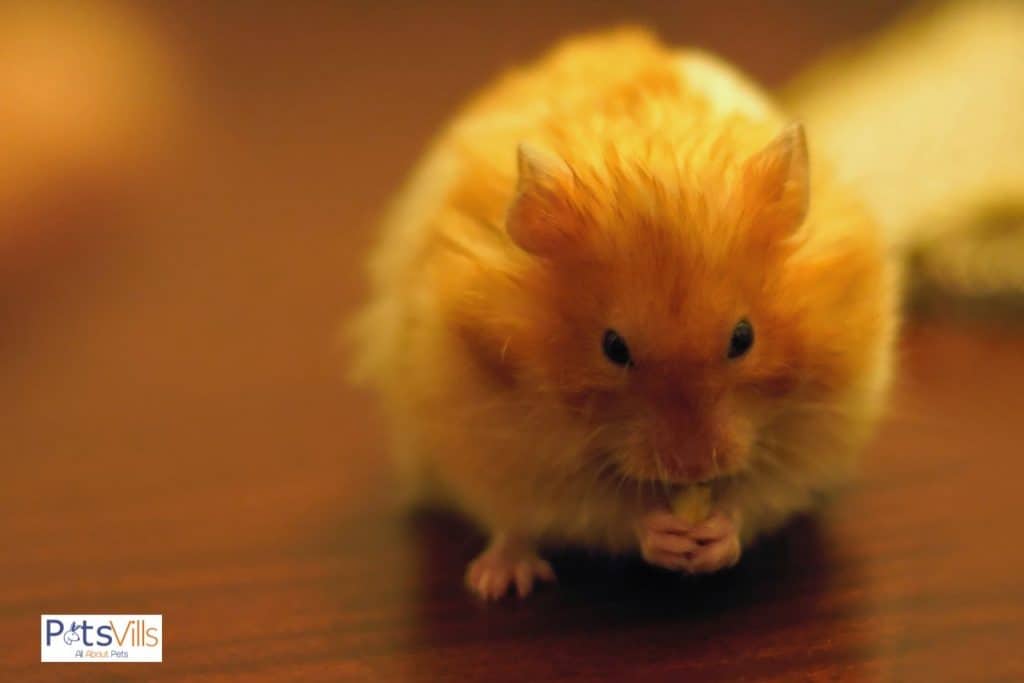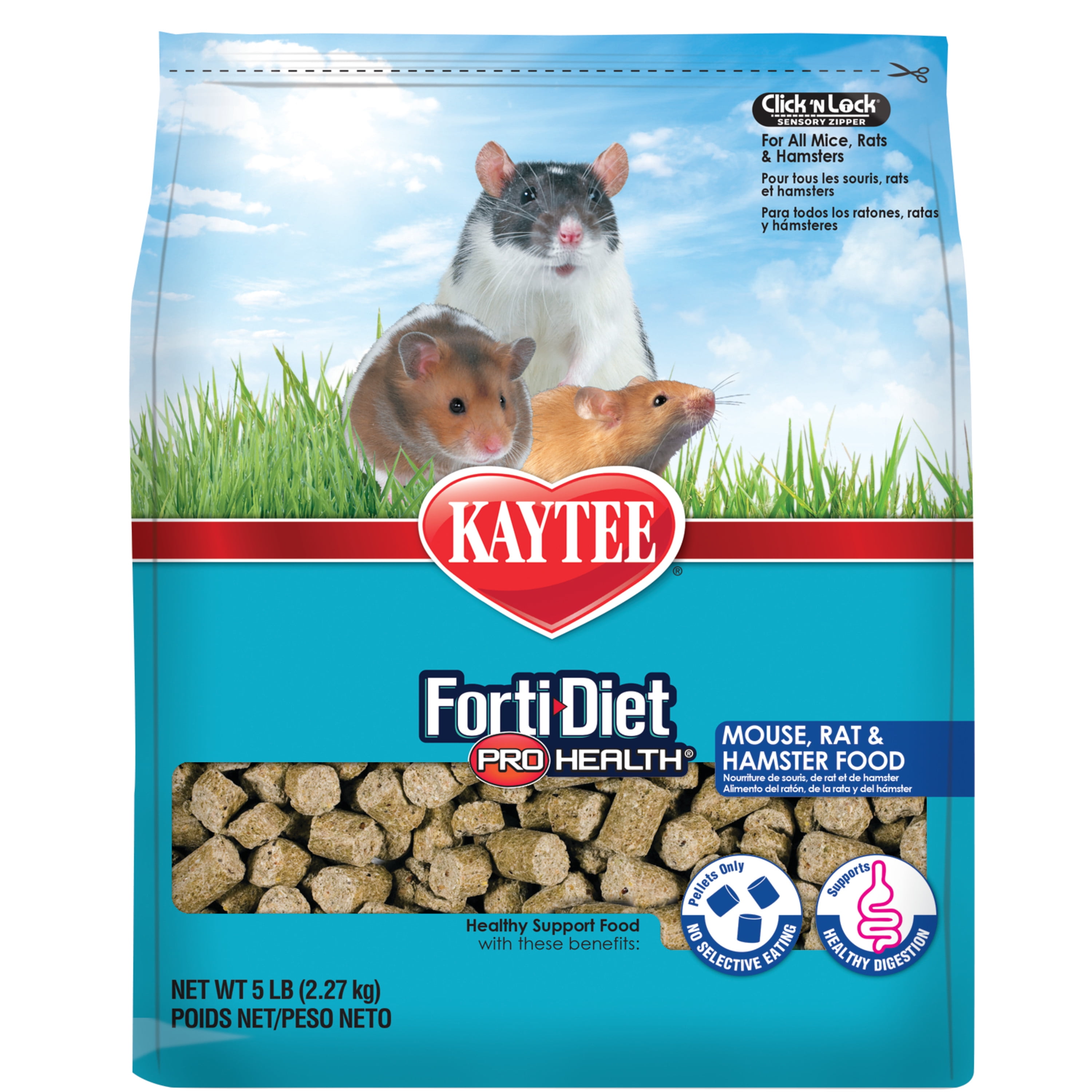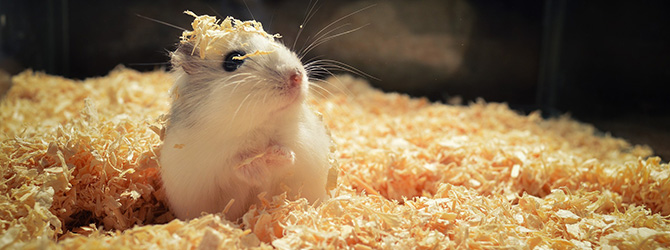If you’re a hamster owner, you know how important it is to provide your furry friend with a well-rounded diet. One of the key components of a healthy diet for hamsters is protein. But where can you find good sources of protein for your small pet? In this blog post, we’ll explore some of the best protein sources for hamsters that you can easily incorporate into their diet.

1. Importance of protein for hamsters
Protein is an essential component of a hamster’s diet. As omnivorous animals, hamsters require protein to stay healthy and maintain their energy levels. Insects, such as mealworms, are an excellent source of protein for hamsters, as are meat and dairy products, like cooked chicken, hard-boiled eggs, and plain low-fat yogurt. It’s crucial to include grains, nuts, and protein in your hamster’s diet, but it’s essential to avoid muesli-based diets. Live mealworms are an ideal natural protein source for hamsters, as they provide the necessary nutrients to keep your furry friend healthy.
Adequate protein intake is especially critical for pregnant and baby hamsters, who require a higher protein percentage in their diet. Therefore, it’s vital to look for hamster food with 12-24% protein and 3-6% fat for general hamster health and for pregnant and baby hamsters, 18-40% protein percentage is preferred. By ensuring your hamster is getting enough protein, you can help them thrive and live a long and happy life.

2. Insects as a source of protein for hamsters
It’s clear that protein is an essential part of a hamster’s diet, and insects are a great source of this important nutrient. In the wild, hamsters rely on insects for their protein needs, so offering your pet some live mealworms as a treat is a great idea. But, if you’re not comfortable feeding live insects, don’t worry! There are many alternative options for meeting your hamster’s protein needs, including cooked chicken or hard-boiled eggs, plain yogurt, and lab blocks. Just make sure to provide a balanced diet with a variety of protein sources, and refresh food and water daily. Your furry friend will thank you with their happy and healthy energy!

3. Meat as a healthy hamster food
Meat may not be a staple in a hamster’s diet, but it can provide important nutrients for their overall health. Hamsters do enjoy small amounts of animal protein, which is something they would consume in the wild. Cooked chicken and hard-boiled eggs are great sources of protein and are easy to prepare for your furry friend. It’s essential to offer meat in moderation along with their regular diet of grains, nuts, fruits, and vegetables.
Low-fat yogurt can also be a source of protein while providing a calcium boost for your hamster. Keep in mind the recommended percentages for a balanced hamster diet, and consider adding lab blocks with higher protein content for nursing or growing hamsters. Overall, a varied and species-appropriate diet is the best way to ensure your hamster is getting all the nutrients they need.

4. Including grains, nuts, and protein in your hamster’s diet
Including grains, nuts, and protein in your hamster’s diet is essential for their health and well-being. Hamsters are omnivores and require a balanced diet to thrive. Grains and seeds, such as oats and sunflower seeds, provide carbohydrates and fiber, while nuts like almonds and hazelnuts offer healthy fats and protein. It is important to note that these should be given in moderation, as too much fat can lead to obesity in hamsters. High-protein snacks such as mealworms can also be offered as treats, but again, should be given sparingly.
A balanced diet for hamsters should consist of 12-24% protein and 3-6% fat, so it is important to choose the right type of food for your furry friend. By including grains, nuts, and protein in their diet, you are ensuring that your hamster is getting the nutrition they need to stay healthy and happy.

5. Live mealworms as a natural protein source for hamsters
Live mealworms are a popular and nutritious protein source for hamsters. They provide essential amino acids, healthy fats, and fiber that are important for your hamster’s overall health. Hamsters love to eat live mealworms, and they enjoy the challenge of catching and devouring them. Live mealworms are also a more natural and biologically appropriate food for hamsters than commercial hamster food that may contain fillers and artificial ingredients.
In addition, to live mealworms, hamsters can also benefit from other protein-rich foods like cooked chicken, hard-boiled eggs, and low-fat yogurt. By incorporating sources of protein into your hamster’s diet, you can help ensure that they get the nutrients they need to thrive. Remember to always provide these foods in moderation and consult with your veterinarian for personalized dietary advice.

6. Feeding hamsters cooked chicken and hard-boiled eggs
Feeding hamsters cooked chicken and hard-boiled eggs are a great way to provide them with a boost of protein. As discussed earlier, protein is crucial for hamsters’ growth and overall health. Cooked chicken should be given once or twice a week to ensure that the hamster receives sufficient amounts of protein in its diet.
Similarly, hard-boiled eggs make for an excellent source of protein and can be given a couple of times a week. Just remember to slice the egg into small pieces for your hamster. By including these protein-rich foods in your hamster’s diet, you will be ensuring that your furry friend has a well-balanced and healthy diet.

7. Plain low-fat yogurt for hamsters
Adding to the exploration of protein sources for hamsters, plain low-fat yogurt can be a nutritious and safe treatment option. Although hamsters cannot digest lactose easily, yogurt contains probiotics that can aid in their digestion. It is important to ensure that the yogurt offered is natural and without any added sugar or fruit. As with any treat, moderation is key and yogurt should not be a staple in a hamster’s diet.
In addition to yogurt, there are other protein sources such as insects, meat, grains, nuts, and live mealworms that can be incorporated into a hamster’s diet for a balanced and species-appropriate meal plan. Lab blocks with high protein can also be beneficial for young and nursing hamsters, while wild hamsters have an omnivorous diet that includes plants and insects. By exploring various protein sources, hamster owners can ensure their pets are getting a well-rounded and nutritious diet.

8. Recommended percentages for a species-appropriate hamster diet
It’s crucial to understand what constitutes a species-appropriate diet for your hamster because they have specific nutritional needs. According to factual data, recommended percentages for an average hamster’s diet are 15-18% protein, 6-12% fat, and 10-15% fiber. For pregnant or baby hamsters, it is recommended to get hamster food containing 18-40% protein. Lab blocks are also an excellent option as they provide complete nutrition and are convenient, with the Teklad 8640 formula being recommended for nursing mothers, pups, and hamsters under one year.
It’s important to note that hamsters are omnivores and need protein, so incorporating protein sources like insects or cooked chicken and hard-boiled eggs is an excellent option. As always, the aim should be to provide your hamster with a balanced diet that’s as similar to what they would eat in the wild as possible.

9. Lab blocks with high protein for young and nursing hamsters
When it comes to feeding young and nursing hamsters, lab blocks are the best option. These specially formulated blocks contain high levels of protein and other essential nutrients, making them a perfect choice for hamsters with increased protein needs. Lab blocks provide everything young and nursing hamsters need in one convenient food, reducing the need for multiple supplements or complicated feeding schedules. By feeding your hamster lab blocks, you can ensure that they are getting a balanced, species-appropriate diet that will help them grow and thrive.
Plus, lab blocks are a convenient and cost-effective option that can save you time and money compared to more complex feeding plans. Consider adding lab blocks to your hamster’s diet for a nutritionally sound and hassle-free feeding solution.

10. Wild hamsters’ omnivorous diet, including plants and insects
As we have previously discussed, hamsters are omnivores and require a balanced diet that includes both plants and animals. In the wild, hamsters consume a variety of foods, such as seeds, grasses, grains, and insects. This diverse diet is necessary to meet their nutritional needs and keep them healthy. As pet owners, we should strive to replicate this omnivorous diet for our hamsters by providing a variety of food sources. From live mealworms and cooked chicken to plant-based options like nuts and grains, there are plenty of healthy protein sources to add to your hamster’s diet. By incorporating these foods, you can help support your hamster’s overall health and well-being.
- Diy Delights: Creative Ideas For Hamster Toys And Accessories - April 13, 2024
- Creating A Healthy Habitat: Essential Tips For A Happy Hamster Home - April 13, 2024
- Enrichment Galore: Boosting Your Hamster’s Happiness With Emojis - April 13, 2024


